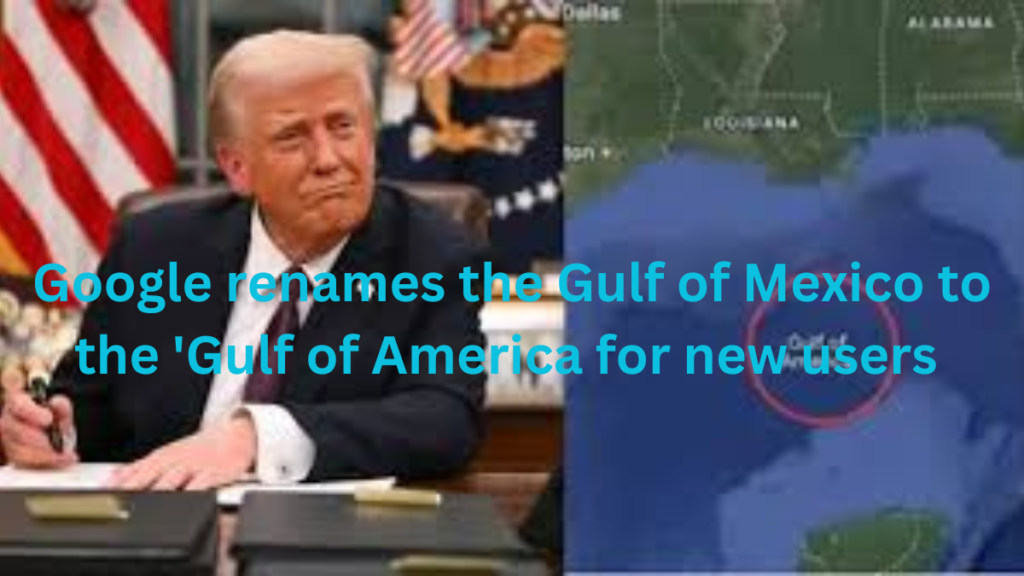In a significant move reflecting the intersection of politics and digital cartography, Google has updated its Maps platform to rename the “Gulf of Mexico” to the “Gulf of America” for users within the United States. This change aligns with an executive order issued by President Donald Trump, aiming to “restore names that honor American greatness.”
Background of the Executive Order
On January 20, 2025, President Trump signed Executive Order 14172, titled “Restoring Names That Honor American Greatness.” This directive mandated the renaming of several geographic features, most notably changing the Gulf of Mexico to the Gulf of America and reverting Alaska’s Denali to its former name, Mount McKinley. The order emphasized honoring American history and heritage through such renamings.
Google’s Implementation of the Name Change

Following the executive order, Google announced its compliance, stating that it has a longstanding practice of applying name changes when updated in official government sources. Consequently, Google Maps now displays “Gulf of America” for users in the U.S., while users in Mexico continue to see “Gulf of Mexico.” For users outside both countries, Google Maps displays both names to accommodate international perspectives.
International and Domestic Reactions
The renaming has sparked a range of responses both domestically and internationally. Mexican President Claudia Sheinbaum humorously suggested that, by similar logic, North America could be renamed “Mexican America,” referencing historical maps predating U.S. territorial expansions.
Within the United States, reactions have been mixed. Some view the renaming as a reaffirmation of national pride, while others see it as an unnecessary alteration of a long-established name. The move has also prompted discussions about the broader implications of renaming geographic features and the potential diplomatic ramifications.
Historical Context of the Gulf’s Naming
The body of water now known as the Gulf of Mexico has been recognized by this name since the mid-17th century. Early European explorers referred to it by various names, including the “Sea of the North” and the “Gulf of Florida.” The name “Gulf of Mexico” became predominant due to Spain’s colonial influence in the region.
Implications for Digital Cartography and International Relations
Google’s decision to implement the name change highlights the complex role digital platforms play in geopolitical matters. By aligning its mapping services with official U.S. government designations, Google navigates the delicate balance between adhering to national policies and respecting international perspectives. This approach underscores the challenges tech companies face in maintaining neutrality while operating globally.
The renaming of the Gulf of Mexico to the Gulf of America on Google Maps for U.S. users exemplifies the intricate interplay between politics, history, and technology. As digital platforms continue to influence public perception, their role in reflecting or challenging governmental decisions becomes increasingly significant. This development prompts further reflection on how technology intersects with national identity and international diplomacy.



